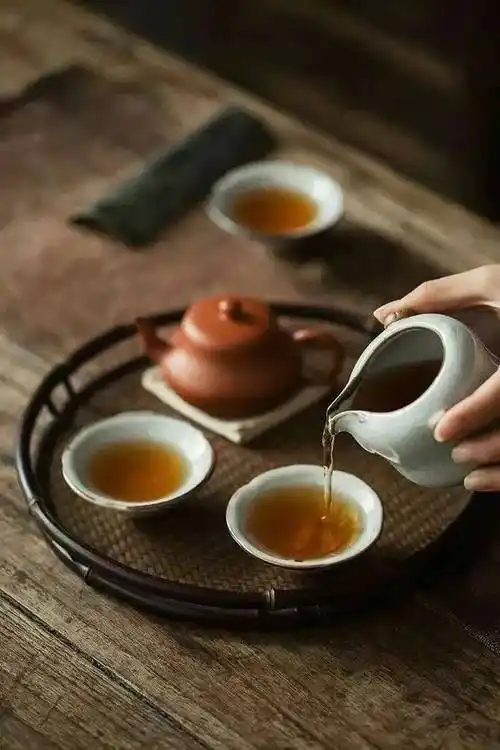The tea world has an unspoken social ladder—some brands command respect, while others are quietly judged. At Tea Teapot, we break down the unofficial "tea snobbery" spectrum, from grocery-store bags to rare single-estate finds.
The Tea Brand Tiers (From Basic to Elite)
🟢 Level 1: Mass-Market Tea Bags
-
Examples: Lipton, Twinings, supermarket generics
-
Why It’s Side-Eyed:
✓ Contains tea "dust" and fannings (lowest grade)
✓ Often blended for consistency over quality
✓ May include artificial flavorings
🔗 Upgrade ethically with our Plastic-Free Tea Bags filled with whole leaves
🔵 Level 2: Chain Coffee Shop Tea
-
Examples: Starbucks Teavana, David’s Tea
-
The Issue:
✓ Overpriced for mid-grade leaves
✓ Heavy reliance on sweeteners and additives
✓ "Exotic" names mask generic sourcing
🟣 Level 3: Boutique Loose-Leaf Brands
-
Examples: Rishi, Harney & Sons
-
Pros & Cons:
✓ Better sourcing but still mass-produced
✓ Some "premium" marketing gimmicks
✓ Good gateway to real tea culture
🟠 Level 4: Direct-from-Farm Artisans
-
Hallmarks:
✓ Single-origin, harvest-date labeled
✓ Sold by farmers or specialty retailers
✓ Emphasizes terroir and craftsmanship
🔗 Explore our Small-Batch Tea Collection with producer interviews
🔴 Level 5: The "Unobtainium" Tier
-
Examples:
✓ Ming Dynasty-pressed pu-erh ($10,000+/cake)
✓ Wild-grown Da Hong Pao from mother trees
✓ Japanese tea master reserve matcha -
Why It’s Elite:
✓ Limited to a few global buyers yearly
✓ Often passed down, not sold publicly
Where Most Tea Drinkers Go Wrong
• Assuming expensive = better (some $50 teas are overhyped)
• Ignoring harvest dates (freshness matters more than brand)
• Falling for "ancient tea" scams (fake aging is rampant)
The Healthiest Perspective
The "best" tea is the one you enjoy mindfully—whether it’s a humble bag or a rare pu-erh.
At Tea Teapot, we bridge gaps between tiers by offering:
✓ Affordable luxury (great tea shouldn’t require a trust fund)
✓ Transparent sourcing (no shady markups)
✓ Education over elitism
Because tea should connect people—not divide them.

